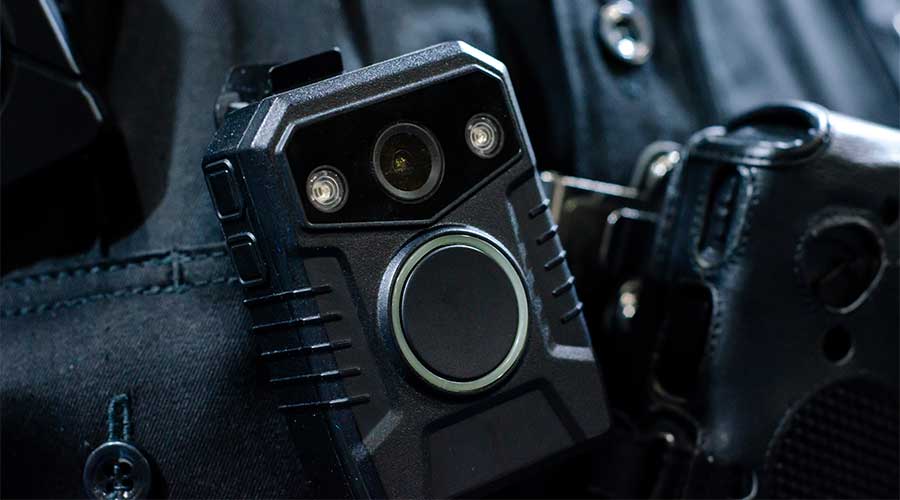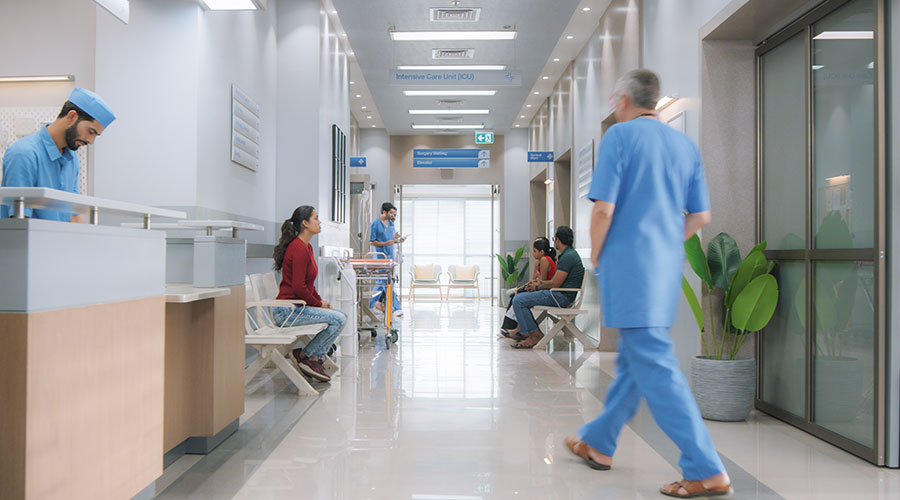As hospitals and other healthcare facilities struggle with a widening range of security threats to patients, staff and operations, managers now have access to a new resource.
To assist healthcare organizations in bolstering security department operations, the International Association for Healthcare Safety and Security (IAHSS) Council on Guidelines recently released Healthcare Security Industry Guideline 02.10: Body Worn Cameras in the Healthcare Security Program. IAHSS members are professionals involved in managing and directing security and safety programs in healthcare facilities.
The new guideline includes a definition of body-worn cameras, considerations for who should be on the multi-disciplinary decision-making team, suggested legal research that should be factored into the decision-making process and guidance on policy and procedure surrounding training, use and retention of captured audio and video.
Related content: Hospitals’ Body Cameras Help Fight Workplace Violence
“Body-worn cameras have shown to significantly reduce legal and reputational risk for organizations and is expected to be standard equipment in most healthcare security programs in the next few short years” says Alan Butler, a council member and system director of public safety and security at Cox Health in Springfield, Missouri.
Healthcare facilities managers are continuously looking for ways to improve security and patient care while being confronted with more disruptive and volatile events than ever before. The changing societal climate has placed even greater emphasis on individual training and tools to best manage and combat the possibility of litigation stemming from the way certain challenging situations are managed by security staff.
With the implementation of body-worn camera technology, healthcare organizations can combat misinformation or inaccurate interpretations of how events unfold and help protect the organization while demonstrating transparency. Additional benefits come from using captured footage as a valuable teaching tool for personnel and a means to deter undesired behavior.

 Case Study: How NYU Langone Rebuilt for Resilience After Superstorm Sandy
Case Study: How NYU Langone Rebuilt for Resilience After Superstorm Sandy Frederick Health Hospital Faces 5 Lawsuits Following Ransomware Attack
Frederick Health Hospital Faces 5 Lawsuits Following Ransomware Attack Arkansas Methodist Medical Center and Baptist Memorial Health Care to Merge
Arkansas Methodist Medical Center and Baptist Memorial Health Care to Merge Ground Broken on Intermountain Saratoga Springs Multi-Specialty Clinic
Ground Broken on Intermountain Saratoga Springs Multi-Specialty Clinic Electrical Fire Tests Resilience of Massachusetts Hospital
Electrical Fire Tests Resilience of Massachusetts Hospital